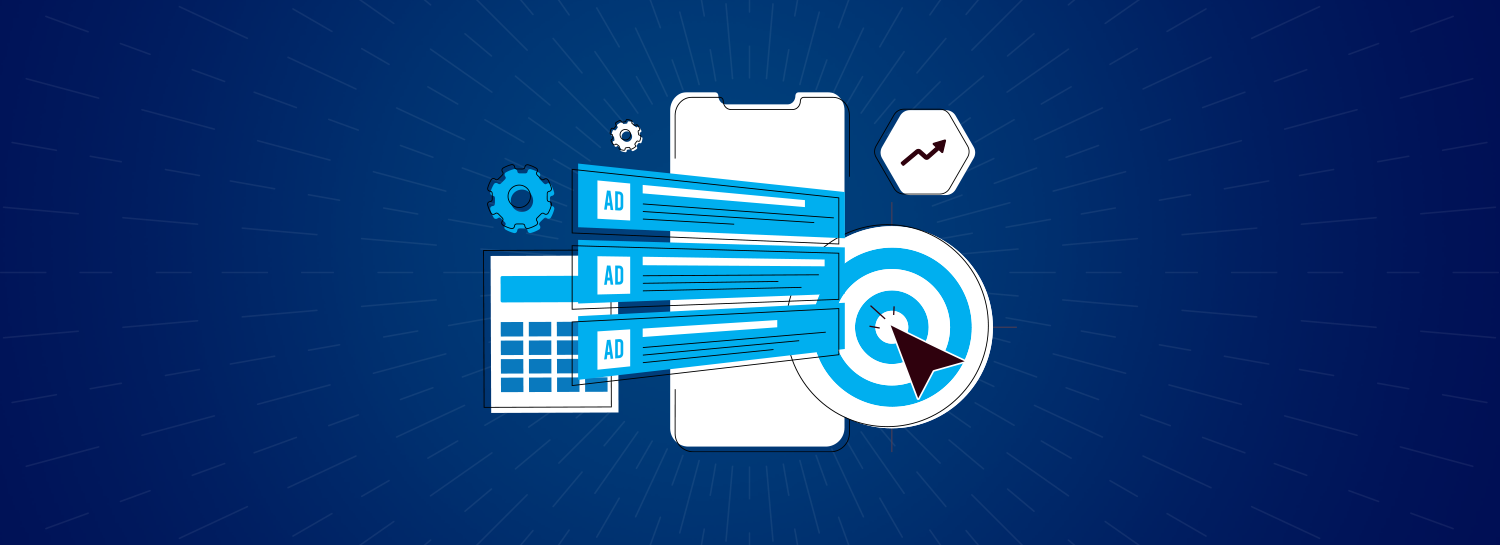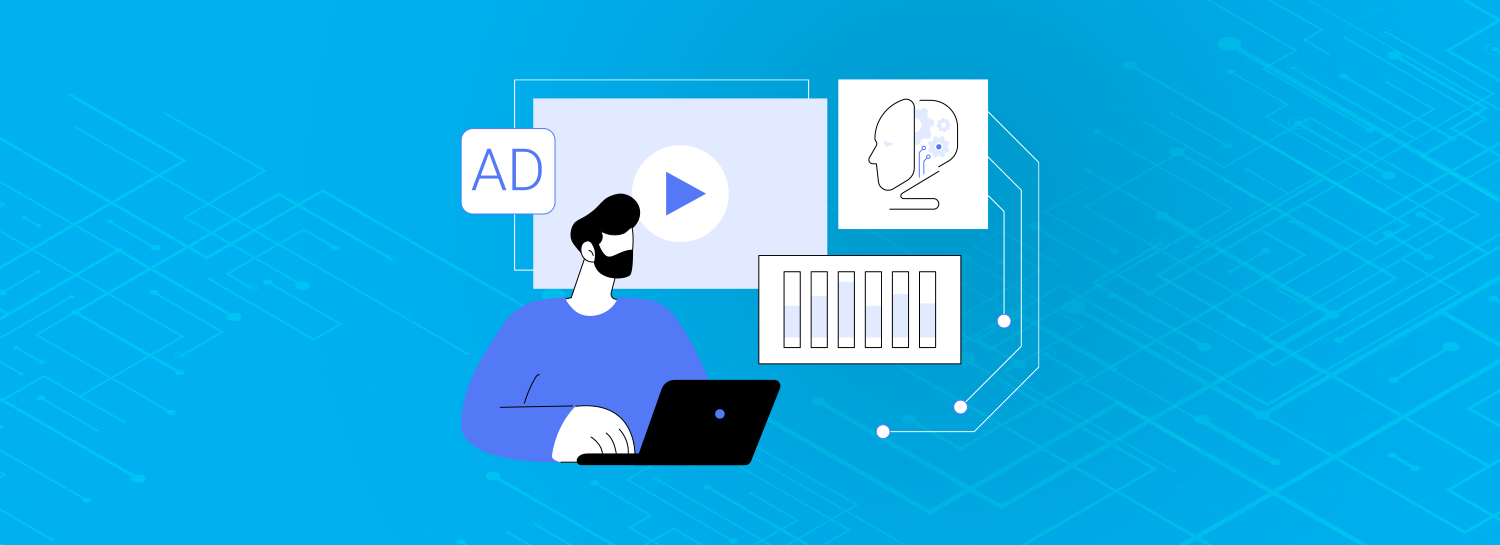Lots of different consumers may purchase the same product, or favor the same brand, but for vastly different reasons. Knowing those reasons – what motivates shoppers to buy from you (or your competitors) is key to growing both your customer base and revenue.
Segmenting your customers into distinct cohorts – moms who buy organic, budget-conscious consumers, golf enthusiasts, repeat customers, customers of competitor X – is a useful exercise that will deliver many dividends for years to come.
First and foremost, audience segmentation will allow you to craft messages that will resonate with each consumer. For instance, let’s say you’re a coffee brand and you learn that a sizable number of consumers who favor your brand are avid runners. You can use this insight to advertise on runners’ sites and channels, with a message that invites them to enjoy a well-deserved post-workout cup of Joe.
Or, let’s say you’re a mortgage company and you want to attract new customers to apply for refinancing. Your first message may emphasize your low rates, fast answers and streamlined applications. This is the first message in the customer journey, so you don’t want to spend your media budget targeting people with that ad who’ve already visited your site and engaged with your mortgage calculator. Rather, you can create additional segments – consumers who visited our site and used the calculator – to target with the next message in the sequence.
How to segment customers into distinct audiences
Segmenting customers is an art, and is very brand specific. That said, there are some widely used approaches that may be helpful to you. If you use a marketing automation system, it probably offers step-by-step workflows to help you build audience segments that are relevant to your brand. Or, you can ask an agency like Paragon Digital Services to help you do that work.
Here are some common tactics:
- Enter & exit sites. Look at the sites your visitors come from when they arrive on your site, and where they go once they leave. These enter and exit points can provide valuable insights into their interests outside of your brand, and can help you hone your messaging and decide which channels to advertise in (e.g. runners sites for a coffee brand).
- Customer surveys. Customers are remarkably open to sharing their interests and motivations with brands they trust. You can ask your customers about their preferences, outside interests, top priorities, and future plans. You can create audience segments based on survey responses, whether that’s age, gender, geolocation, income level, preferred product, values (e.g. sustainability, safety) or interest. What you learn may surprise you. Perhaps you have a cohort loyal to your brand that you didn’t realize before.
- Analyze buying habits. Your CRM or point-of-sales platform contains rich insights into buying habits, which you can then use to create personas and audience segments for targeting. Let’s say you’re a grocery store chain, you can create audience segments based on what people buy. In other words, what additional products are in the basket of people who always buy seltzer or hand lotion when they come into your store?
- “We miss you”. Everyone knows that it’s cheaper and easier to reactivate a dormant customer than to earn a new one. Create audience segments of your dormant customers by product, and target them with reminders of how much they love your brand.
- Spending tier. Create segments based on the lifetime value of your customers. Frugal customers will probably respond to ads that offer cost-effective products, while high-end customers care more about the experience and convenience. You don’t want to send them the same message! With audience segments, you can customize the right message for the right type of customer.
- Stage in the buying journey. As the mortgage example above illustrates, it’s a wise idea to create segments based on the buying journey. This will allow you to tell a store through a sequence of messages. The key to success with this type of segmenting is the frequency at which you refresh your segments.
Get in touch
Need help creating your audience segments for your campaigns? We’re here to help, get in touch today.










